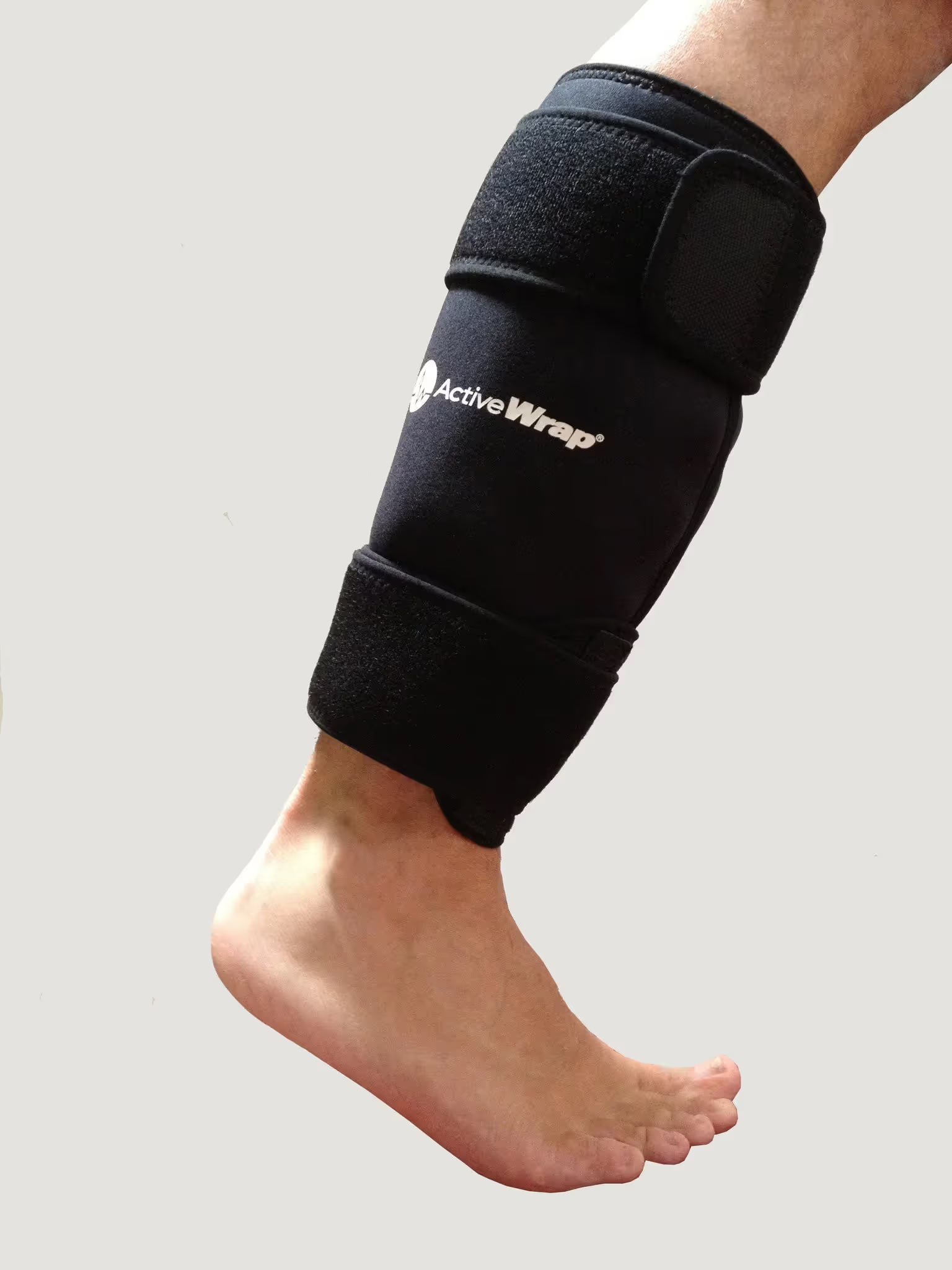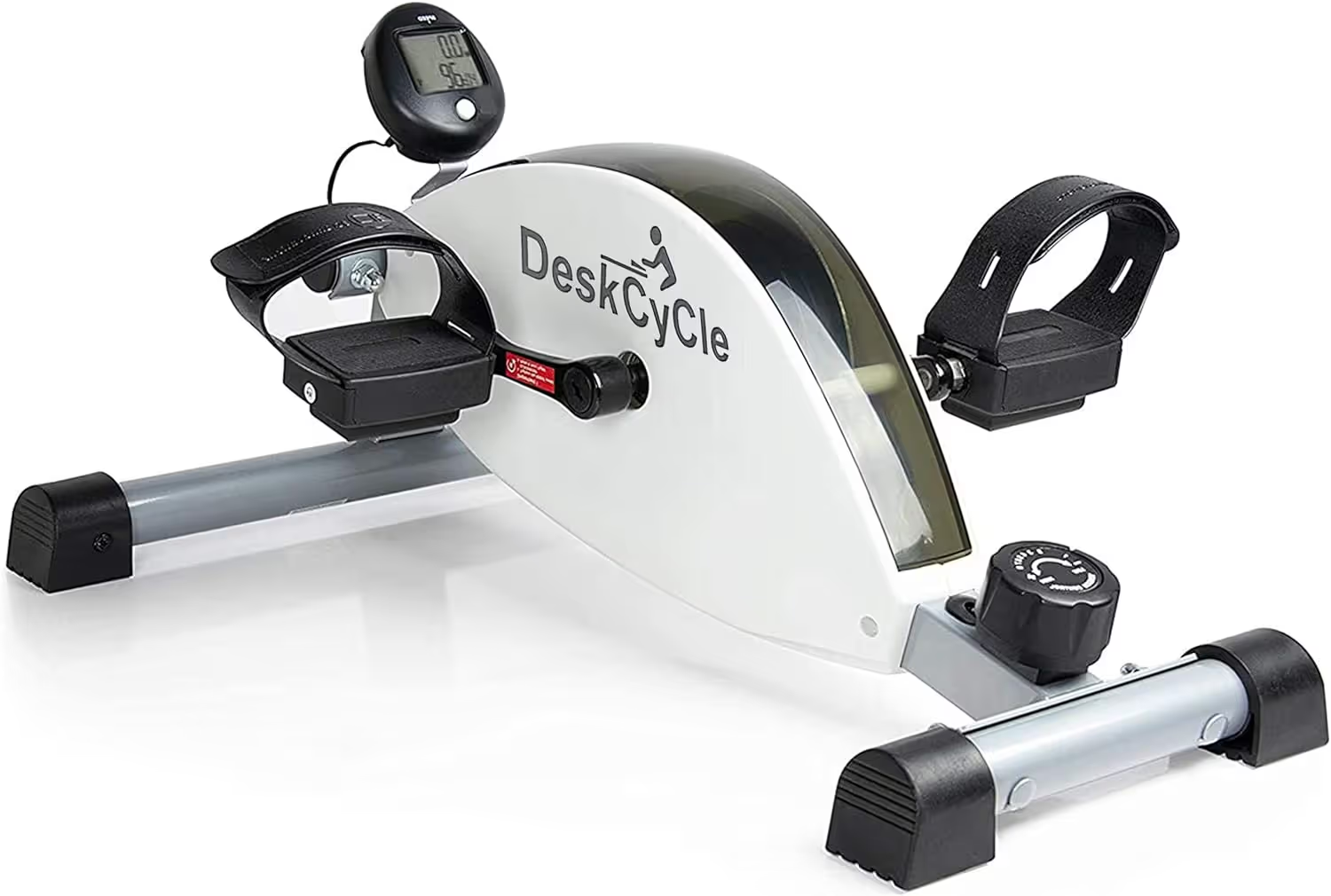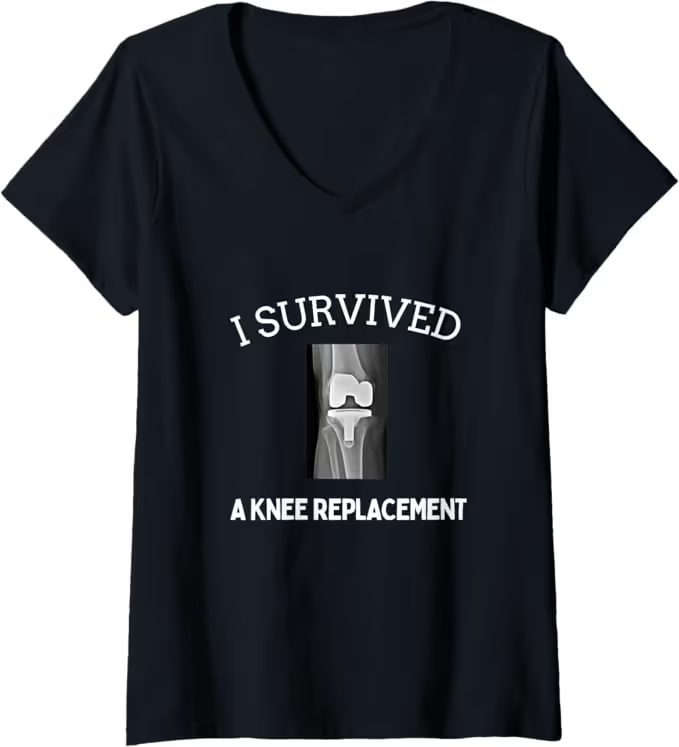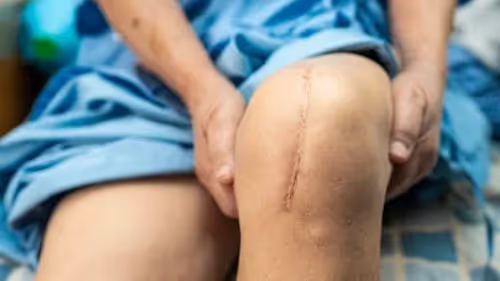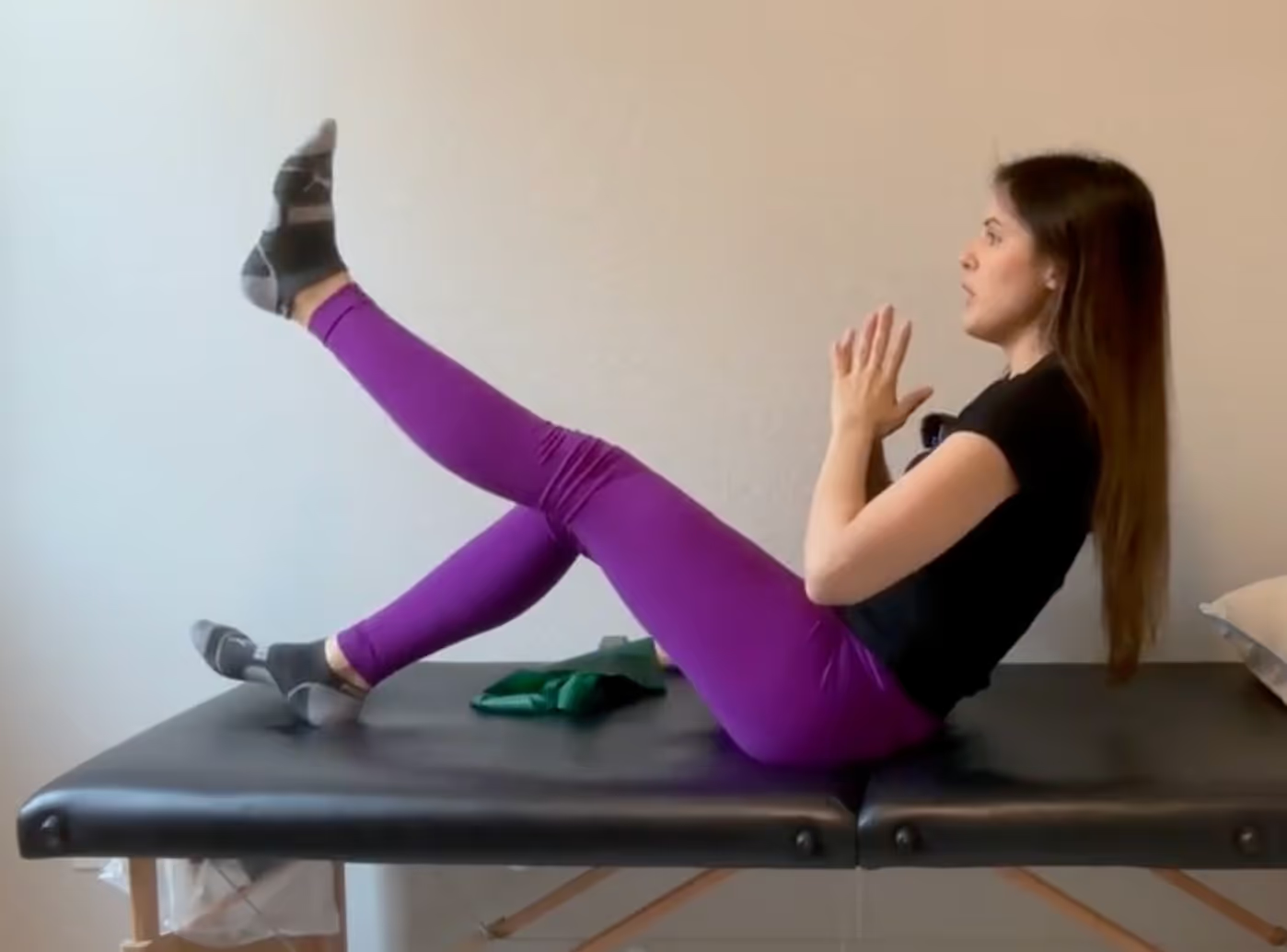A knee replacement surgery is one of the most successful surgeries to treat knee osteoarthritis (OA). Not only is it the most successful, but it is the most common orthopedic surgery. Over 1.5 million people in the United States have a knee replacement every year with this number increasing to 3.5 million by 2030. Many people seek out this surgery after years of knee pain, poor mobility, and decreased quality of life. Around 80% of patients are happy with their knee replacement after 1 year, while the other 20% are dissatisfied with their function or possibly had higher expectations. Overall, most people can expect to become pain free by 1 year post surgery.
A full recovery after a total knee replacement is expected to take 12-16 months. Every person will have a significantly different recovery due to various factors including genetics, immune system, and nerves in the body. These factors are the reasons why you might or might not have sensitivity after surgery.
During total knee replacement surgery, various incisions are made on the knee joint. We all know (and can see) the big incision on the top of the knee. However, there is many other cuts done by the orthopedic doctor underneath the skin that cause various nerve damage.

Sensitivity after Surgery
Sensitivity after a knee replacement is very common. Over 90% of patients have sensitivity on the top of the knee due to the incision. This is because the incision cut through several branches of the infrapatellar nerve, a branch of the saphenous nerve. The infrapatellar nerves are purely sensory nerves so they only cause hypersensitivity, numbness, tingling, and/or discomfort. However, these nerves do not cause increased pain or muscle weakness.

Many patients also experience discomfort, numbness, tingling or hypersensitivity on the shin of the lower leg and/or top of foot. This stems from nerve irritation that was caused during the surgery. (See picture below). When a knee replacement is performed, there is a lot of movement inside the knee joint that causes irritation to the nervous system. The surgeon uses various tools during surgery to help move muscles, tendons, and skin around so the surgeon can see what he/she is doing. Because the knee and its tissues have to be moved around throughout surgery, this can cause nerve irritation to happen after surgery.
Not only are the tissues and nerves physically touched by tools, the surgeon also actively bends and straightens the knee after the implant is placed. This is done to ensure the knee replacement fits well. Your surgeon will fully bend your knee to 125 degrees and fully straighten your knee to 0 degrees. If you have not had fully range of motion for many months or years prior to surgery, you can imagine what this does to your nerves in the body. Ouch!
It is very common for the common fibular nerve (also known as the common peroneal nerve) to be irritated during surgery from touch or stretching. The irritation causes numbness, tingling and hypersensitivity on the shin and top of the foot. However, you can also experience muscle weakness and pain because the common fibular nerve is a large nerve bundle that has sensory and motor neurons in it. When it is irritated by touch or compression, you could have several different symptoms as described above.
Foot drop is rare after a total knee replacement, but it can happen due to this irritated nerve. Your physical therapist can help improve foot drop and give you exercises to keep the strength and range of motion of your foot. An important exercise to complete with foot drop is stretching the calf muscle and Achilles’ tendon.
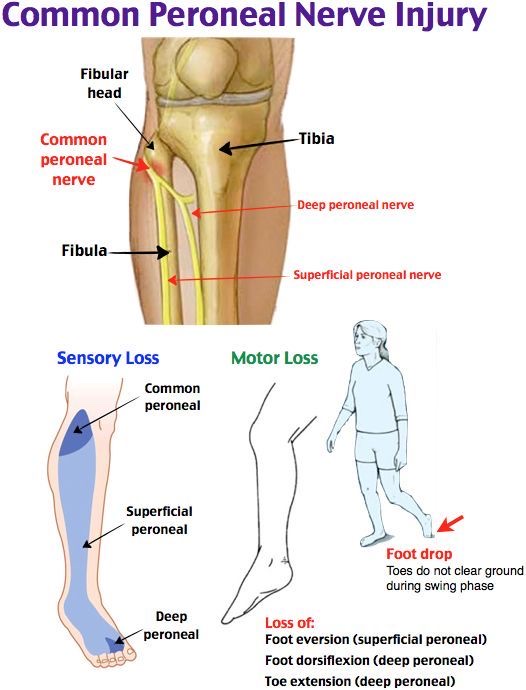
What to Bring to Hospital
You will most likely not need many items after surgery. If you are younger, have help at home, and have descent mobility, you should expect to stay in the hospital for 1 day. If you are older, have mobility issues and several co-morbidities, you might need to pack for 1-3 days. Being over prepared is never a bad thing!
It is helpful to bring clothing items that are comfortable and loose fitting to accommodate swelling. You will have swelling in the lower legs, ankle and possibly other leg. The fabric should be soft and light weight. Please do not bring any tight fitting pants. Also, you will have increased sensitivity on the knee from the knee surgery.
Hospitals are often very cold and many patients report being cold after surgery. Being cold after surgery can be from low blood pressure, blood loss, medication, anesthesia, or even pain. Bring comfortable clothes to cover your feet, legs and arms.
Items to wear after surgery
- Elastic band shorts/pants or lightweight dress
- Wide shoes (athletic shoes)
- Loose fitting pair of socks with grippers
- Loose fitting underwear
- Compression socks

What NOT to Bring to Hospital
Because you will have increased swelling, knee pain, weakness, and balance problems after surgery, it is wise to bring items that are easy to take on and off. Not only will your knee be affected by the surgery, but you might possibly experience nausea, dizziness or extreme fatigue. An easy way to make sure you are safe is to have well fitting shoes that have good traction. If you do not want to wear shoes, please only use socks with grippers on the bottom. The hospital may be able to give you a pair to take home. Always make sure to walk with supervision the first week after surgery due to the symptoms listed above.
Making your rehab process as easy as possible after surgery will cause less stress and anxiety, both of which can increase your pain.
Do NOT bring these items
- Slippers, flip flops
- Tight leggings
- Rough material clothing
- Socks without grippers

The first 1-2 weeks after knee replacement surgery, you will need help from family or caregivers putting on socks, shoes, pants and underwear due to difficulty bending the knee, knee pain, poor balance and weakness. Please ensure you have a support person during the first 1-2 weeks. Physical therapy will help teach you how to put your clothes on safely so you do not fall.
What to Wear after Knee Replacement Surgery
Due to everyone's nervous system being significantly different in regards to sensitivity and anatomy, what to wear after knee replacement surgery can vary significantly.
Generally, most people prefer to wear shorts or a dress that come right above the incision on the knee. Most of the time, pants are very irritating to the skin after a knee replacement, especially right where the incision is. Not only is the leg painful, but the swelling causes long pants to fit tightly. If you prefer to wear pants, pants with side zippers can also be useful with fluctuations in swelling.
It is not uncommon or abnormal to have skin sensitivity to clothing or blankets for several months after surgery. Generally, the sensitivity will last anywhere from 3 to 6 months post surgery. However, sometimes it lasts longer and may not completely resolve. However, 90% of people do see a resolution in the sensitivity/numbness of their skin.
To help decrease the sensitivity of your skin after a knee replacement you can start with a desensitization program. This is very similar to the kneeling program. To start, you can use a soft blanket on this sensitive areas of your skin, several times a day. Once this becomes more tolerable, you can progress to using a rough towel on your skin. And as your skin becomes less sensitive you can rub the area with a little bit more pressure to help desensitize even further.
Example Desensitization Program:
Week 1:
Rub soft blanket on sensitive areas with light pressure. Complete 1-2 minutes, 3x per day, every day.
Week 2:
Rub soft blanket on sensitive areas with increased pressure. Complete 3-5 minutes, 3x per day, every day.
Week 3:
Rub rough towel on sensitive area with light pressure. Complete 1-2 minutes, 3x per day, every day.
Week 4:
Rub rough towel on sensitive areas with increased pressure. Complete 3-5 minutes, 3x per day, every day.
**Please complete this program under guidance from your Physical Therapist or Surgeon**
During a desensitization program, you might or might not be able to move to the next stage within one week. You might need more time in one stage versus another, or you might able to complete the program faster than 4 weeks. Generally, this is a very safe program to complete that should not cause any increased pain or discomfort. If you are experiencing ongoing pain that does not resolve, please stop the program. However, as indicated above, please complete with guidance from your physical therapist or doctor.
Other Options
During the height of sensitivity, shorts and dresses are a good option to reduce your discomfort. If you cannot wear or like to wear shorts and/or dresses, you can also try to keep the incision covered with a bandage/gauze or even leg warmers to decrease clothes or blankets touching your leg. Wearing these items under your pants is also a great option. You can buy incision bandages at your local drug store, but your best option is Amazon. Please check with your surgeon to see if you are able to wear incision bandages, sometimes surgeons want your incision exposed to air after the staples are removed.
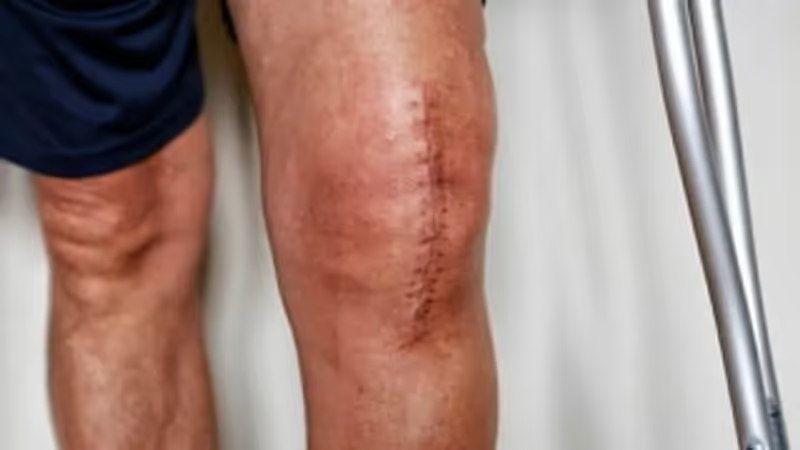
.avif)
